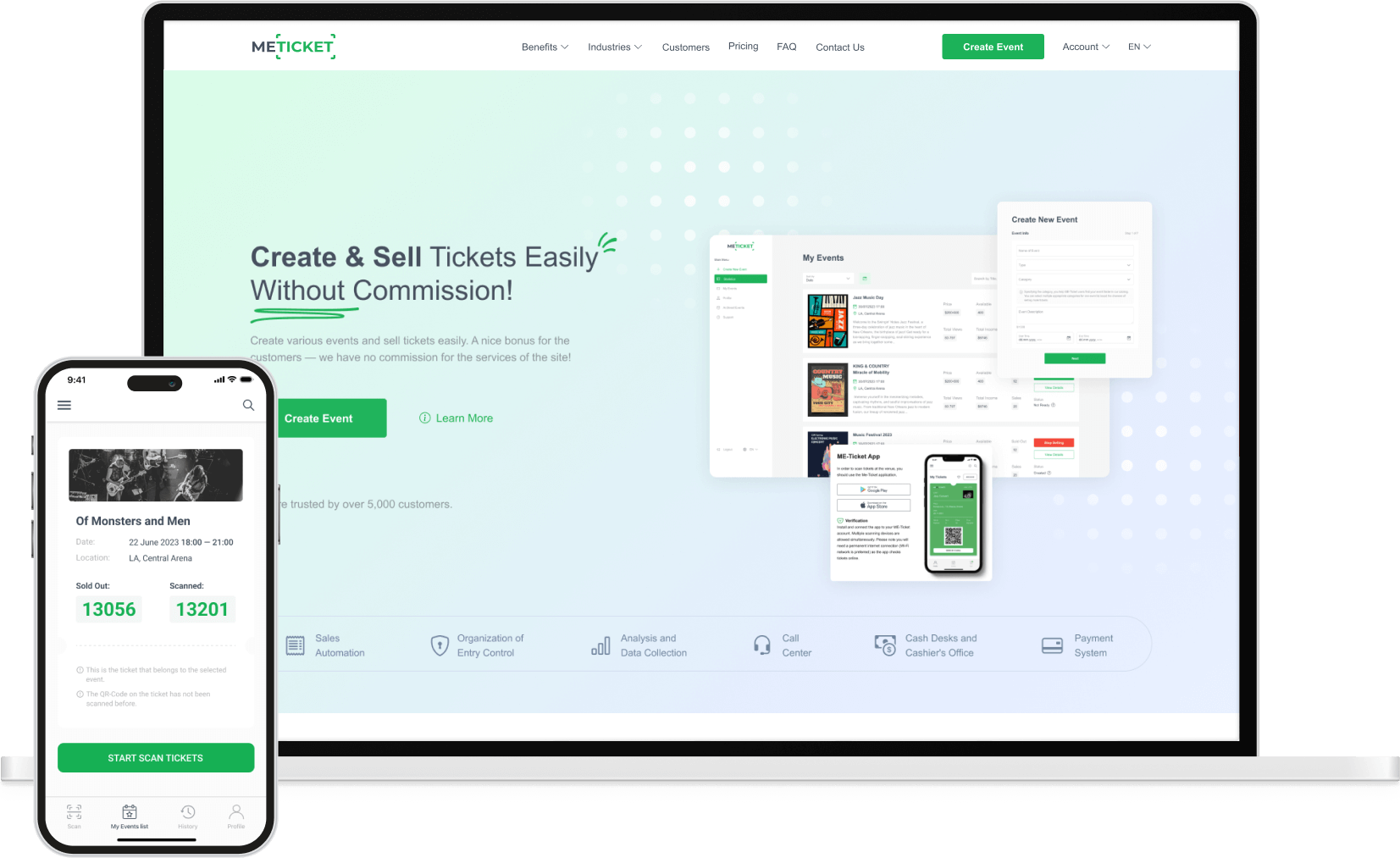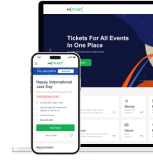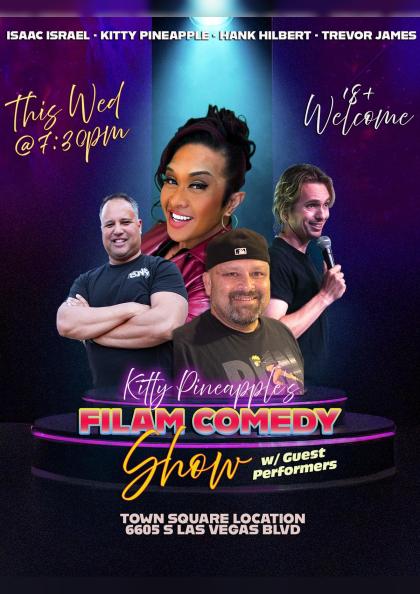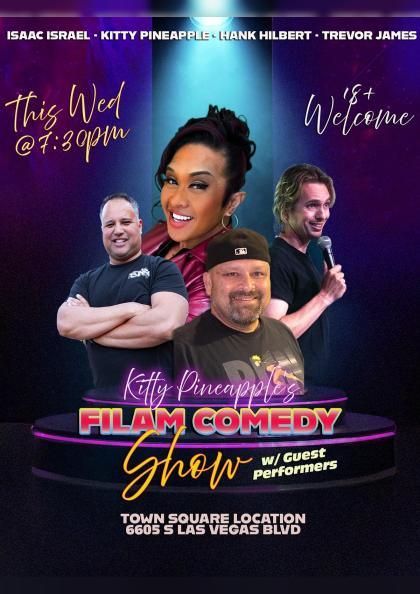How to produce High-Converting Content
As a content marketer, your job is to use content to sell commodities – a product, service, or communication. Perhaps you formerly drove sufficient transformations. But do you really want to settle for sufficient?
You can do better and ameliorate your content marketing to double or indeed triple your conversion rates. moment, let’s focus on how to do that with the most important aspect of content marketing – your content. Then are five ways to produce engaging content to boost your transformations.

Write a killer caption
Your caption is the first thing compendiums notice about your blog post or wharf runner content. Whether or not the caption captivates them probably determines if they continue reading the content or brio from the runner.
Headline analyzer tools like the bones from CoSchedule or Advanced Marketing Institute are helpful to test your caption drafts so you can pick one that's likely to perform stylishly.
Example The caption for this post – How to produce High-Converting Content – entered an emotional marketing value (EMV) score of 60 from the Advanced Marketing Institute tool. That score is about double the average EMV score for utmost professional copywriters’ captions.
Conspiracy compendiums with your preamble
Your caption should attract compendiums. Your preamble should intrigue them enough to make them stay. It should make them want to read further. In other words, your caption is the bait, and your preamble is the hook. And wouldn’t it be great if your preamble were a hook for hunt machines as well?
That’s possible when you use tools like TextOptimizer that match your content to the stoner intent of implicit quest. They offer content-enhancement suggestions so your content satisfies the requirements of people who land on it from Google hunt results. When they get what they're looking for, they stay on your runner longer and engage with it more.
For blog posts, the first three to four rulings are the preamble. They should be to the point and easily explain how compendiums can profit from the post. Else, why will they keep reading?
In the case of wharf users, the head acts as the preamble and is inversely important for interesting and converting your followership. The head should punctuate the main benefits, rather with pellet points so the information is easier to overlook and process.
Example You can find an excellent illustration of an effective preamble on the consulting runner of Content Marketing Institute. As you can see in the screenshot below, the first judgment addresses about CMI’s consulting charge and focus. The alternate statement leads into the benefit for the followership.
Don’t forget to add illustrations
Adding visual rudiments to your text can make a huge difference in performance. It attracts and engages your compendiums while adding further substance. It also is an excellent way to break up longer pieces of textbook, making the content easier to overlook and understand.
A BuzzSumo study of over 1 million papers set up papers with images every 75 to 100 words earned double the shares of papers with smaller images. Though the study was done in 2017, the fashionability of illustrations with cult has only grown.
What makes the stylish kinds of illustrations largely depends on the type of content you’re creating.

These five types can help you increase transformations
1. Original plates
Taking time to come up with commodity precious and original shows compendiums your content is unique. Indeed if you don’t have an in-house developer to help you with this, you can always use tools like Canva to help you produce them.
Original plates can work well as featured images for your blog posts. It’s stylish to try to come up with commodity delightful and eye-catching yet still applicable to the content being covered in the post.
Illustration There’s an original graphic created for one of my blog posts. As you can see, the image incontinently catches your eye and relates to the content.

2. Maps and graphs
still, include maps and graphs to illustrate them, If you quote studies or stats to support your points. Maps or graphs alongside the textbook make it easier for compendiums to reuse the information.
3. Screenshots
Screenshots can enrich your content, If you explain how commodity works. They can explain visually in ways words can not adequately express. For illustration, use them to illustrate how- to tips for a tool or the perpetration of a strategy. You also can use screenshots as evidence of claims made in the textbook.
You can punctuate, annotate, or edit your screenshots to explain a point more. To keep picture quality complete while editing it, you can use free print editors like Instasize that are optimized for your target platforms.
Example In a blog post about product launch ideas, I included a screenshot of the Instagram post for a Samsung Galaxy launch to show exactly how the brand used social media teasers and a preamble to request its product launch.
4. Infographics
Complex data and complicated generalities can be delicate to understand with words alone. In these cases, infographics can be helpful in explaining or illustrating the information. A Venngage study in 2020 set up 40 of marketers set up the format to be the most engaging form of content.
Tools like Piktochart and Infogram are great for creating eye-catching infographics, indeed for newcomers. You can also use infographics to repurpose your old textbook. Look for some of your best- performing blog posts, also turn them into a shorter piece pressing the main points. After that, use the docked piece to produce an infographic.
5. Vids
Images or textbook alone may be inadequate for explaining how a product works or how people can profit from it. You could include a short explainer videotape on your wharf runner to help boost transformations. Or include video witnesses or reviews from guests and/or influencers.
Skills, or coffers to produce personal videotape content, If you don’t have the time. They offer vids that can be used unlimited times for a one-time figure. At nominal prices, you can pierce their large depositories of intro vids, Instagram Stories, amped ensigns, and YouTube templates.
Example Conversion Rate Experts used videotape to help boost Crazy Egg’s conversion rate on its home runner. Though the videotape communication was the same as the textbook on the runner, it worked for people who prefer visually delivered information and helped drive 64 further transformations.
Use an easy-to-read format
Another factor that influences your content’s capability to convert is the format. Writing about useful tips and information in huge textbooks doesn’t make it easy for people to read and process. That delivery system can hurt your conversion rate because people don’t want to have to work hard to ripen the details.
- To make your content more anthology friendly
- Break up blocks of textbook into shorter paragraphs. Don’t produce paragraphs of further than five or six lines.
- Use pellet points wherever applicable to punctuate crucial points.
- Add other rudiments like illustrations to illustrate your points and break up textbook blocks.
- Include heads whenever applicable to make your content easier to read.

Example You can see anthology-friendly formatting in numerous CMI papers – short, easy-to-checkup paragraphs, heads, and screenshots. What’s really noteworthy is the use of the Better Click to Tweet plug- in to punctuate crucial points (and make it easier for compendiums to partake the point on Twitter.) You can see it in this post from Jodi Harris.
Produce a compelling CTA
Your call to action should move people to take a asked action. perhaps your CTA is at the end of a blog post, prompting people to subscribe to your newsletter or download your rearmoste-book. Or perhaps it’s a CTA on your wharf runner for a product or service. Indeed your videotape content needs a CTA to drive transformations:
- Wherever it's used, make sure the CTA is compelling.
- Explain easily what you want people to do. Make it practicable by beginning the judgment with a verb. For illustration, “ Get your free companion now ” or “ Start saving moment. ”
- Get to the point. However, you can write a detailed judgment , If the CTA is at the end of a blog post. For a wharf runner, limit it to five to six words.

- Focus on what they’re going to get or how they’ll benefit from the action.
- Produce urgency with words like “now,” “moment ” or “moment. ”
- Produce exclusivity using words like “custom” or “exclusive.”
- Highlight benefits with words like “free” or “save. ”
- Pick a couple of the tips to draft each CTA. also run an A/B test to see which drives further transformations.
Example The OptinMonster wharf runner showcases an excellent illustration of a compelling CTA. “ Get OptinMonster Now ” is short and to the point. It explains what people will get and uses the word “now” to produce a sense of urgency.
Don’t settle for satisfactory
You may be a neophyte content marketer or an expert just looking to expand your knowledge. Either way, these easy and effective tips can help you ameliorate your content to boost transformations.































